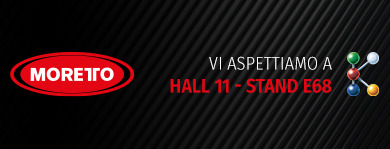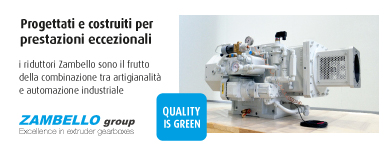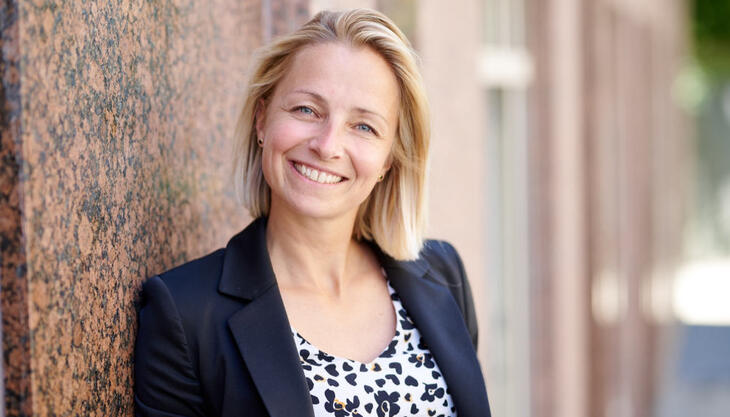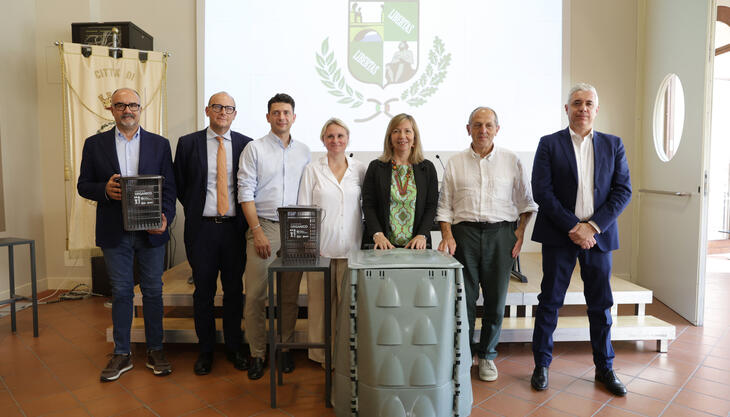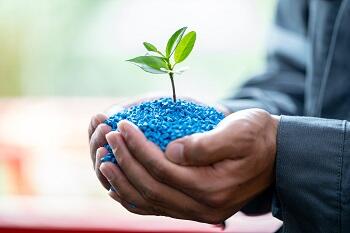
The specialty chemicals company Lanxess is one of the world’s first plastics manufacturers to offer its customers - processors of its Durethan polyamides and Pocan polyesters (PBT) - certified values for the carbon footprint of the base resins. Certification was done by an accredited verification body and includes not only the polyamide 6 precursor caprolactam but also the glass fibres manufactured by Lanxess in Antwerp. These certified values enable customers to more accurately estimate the climate-friendliness of products and identify ways of further reducing CO2 emissions. The values are also an important part of life cycle analyses, which are increasingly being used in the automotive and electrical and electronics industry to systematically analyze how products impact the environment from manufacturing through to disposal.
The values were calculated according to the standard ISO 14067:2018 for the carbon footprint of products. The analysis factored in all the major emissions that occur up to the point at which the product leaves the Lanxess factory gate (cradle-to-gate). These include not only direct emissions (scope 1) but also indirect emissions from the purchase of energy (scope 2) as well as the emissions that occur in the upstream supply chain, for example those associated with the raw materials used and transportation processes (scope 3).
Lanxess synthesizes the plastic in a highly integrated plant network at its Antwerp site. From 2024 onward, the carbon footprint of polyamide 6 production is set to improve significantly yet again when, in 2023, if all goes to schedule, Lanxess will be opening a second nitrous oxide reduction facility in Antwerp. Lanxess is also looking to use sustainable raw material sources for caprolactam with a view to reducing the carbon footprint of its polyamide 6 to less than three metric tons of CO2 equivalents. The certification also revealed that the carbon footprint of the PBT base resin from Lanxess was less than that of many other manufacturers. In glass fibre production, Lanxess also has a significantly smaller carbon footprint compared with most of its competitors.
The company is looking to use the certified carbon footprints for identifying ways to reduce the level of greenhouse gases emitted during plastic production. One focus is on the use of sustainable raw materials due to the significant leverage effect that can be achieved here. New product ranges such as Durethan Blue, Durethan Eco or Pocan Eco are currently being extended that contain a significant proportion of circular (recycled or bio-based) raw materials or have a carbon footprint that is considerably smaller than conventional products. The sustainable origin of those raw materials is certified according to the ISCC Plus standard. The certification is coupled with mass balancing, which allows the share of sustainable material in the end product to be determined and subsequently indicated in a transparent manner for processors. One product example is the 60%-glass-fibre-reinforced Durethan BlueBKV60H2.0EF. In this polyamide 6 compound, 92% of the raw materials have been replaced by sustainable alternatives.
Lanxess is now planning to calculate the carbon footprint associated with the compounding of polyamide and PBT (engineering plastics). The certified carbon footprint as well as the mass-balanced Eco and Blue product ranges took center stage for Lanxess at the plastics trade show K 2022 in October.






